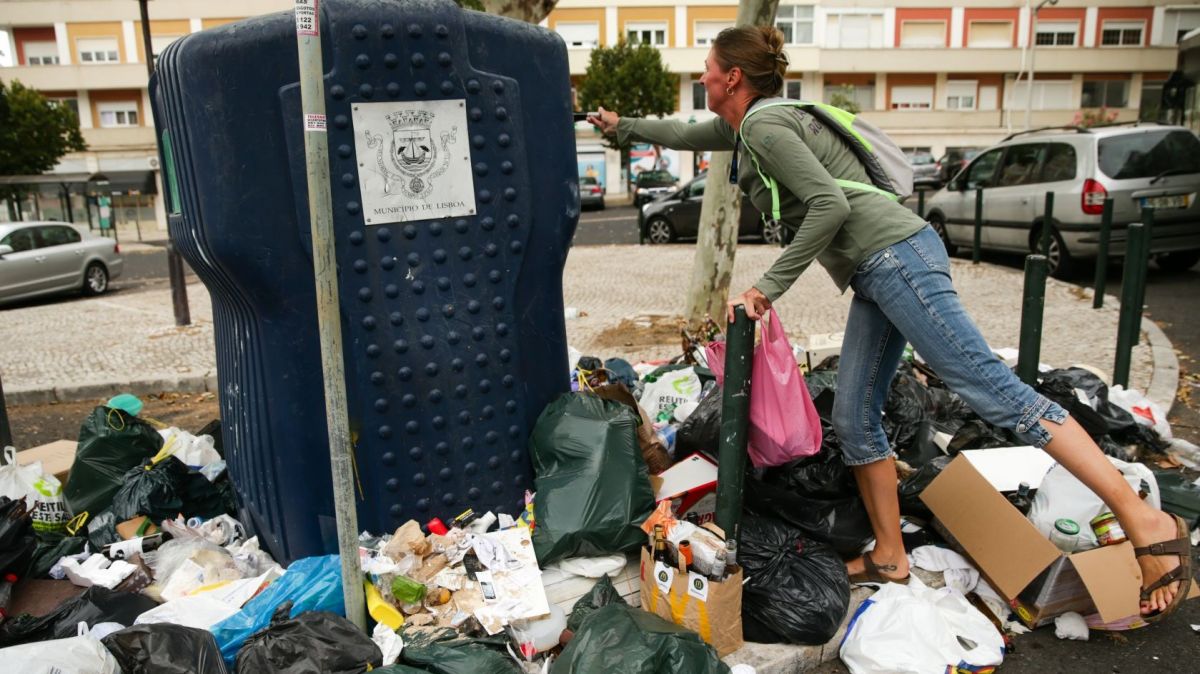According to work published in the magazine Global Ecology and Conservation, marine protected areas only cover around 20% of the estimated habitat in mainland Portugal, and less than 12% on the Atlantic front of Spain, with less than 0.5 % areas of total protection.
“Researchers believe that these values are overestimated, since the coverage of Marine Protected Areas provides low to moderate levels of protection, allowing in many cases the use of fishing nets and traps, which capture seahorses”, said, in a statement, the University Institute (ISPA).
The vast majority of marine areas “do not include specific measures to protect” these fish in their management plans. “This is when there are management plans”, warned the study authors.
“It is absolutely fundamental to create protection measures for these species and provide Marine Protected Areas with human, financial, and technical resources so that activities and biodiversity can be managed in a sustainable way”, said the study coordinator, Gonçalo Silva, quoted in the statement.
Seahorses normally live in coastal areas where there is the greatest impact from human activities, and are therefore “very susceptible to pollution, bycatch, and habitat loss”.
The species were included on the International Union for Conservation of Nature (IUCN) red list, as well as the Convention on International Trade in Endangered Species of Wild Fauna and Flora (CITES) and the Berne Convention, the researchers highlighted.
In Portugal, they added, “very little is known” about the distribution of seahorses, with the populations of the Ria Formosa being the most studied. “In the last decade, abundance has suffered a reduction of around 90%”, mainly due to pressures caused by man.
In the rest of the country, they warned, “there are no studies that allow us to infer population trends”. The present study confirms that the Tagus and Sado estuaries, along with the Ria Formosa, are the most important places for seahorses in Portugal.
Related articles:












